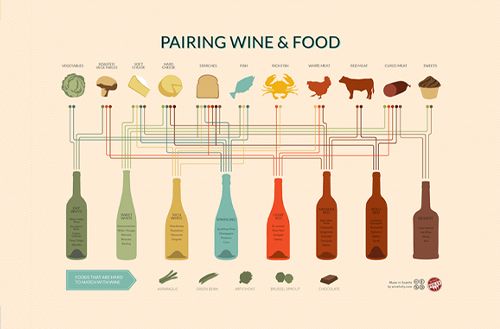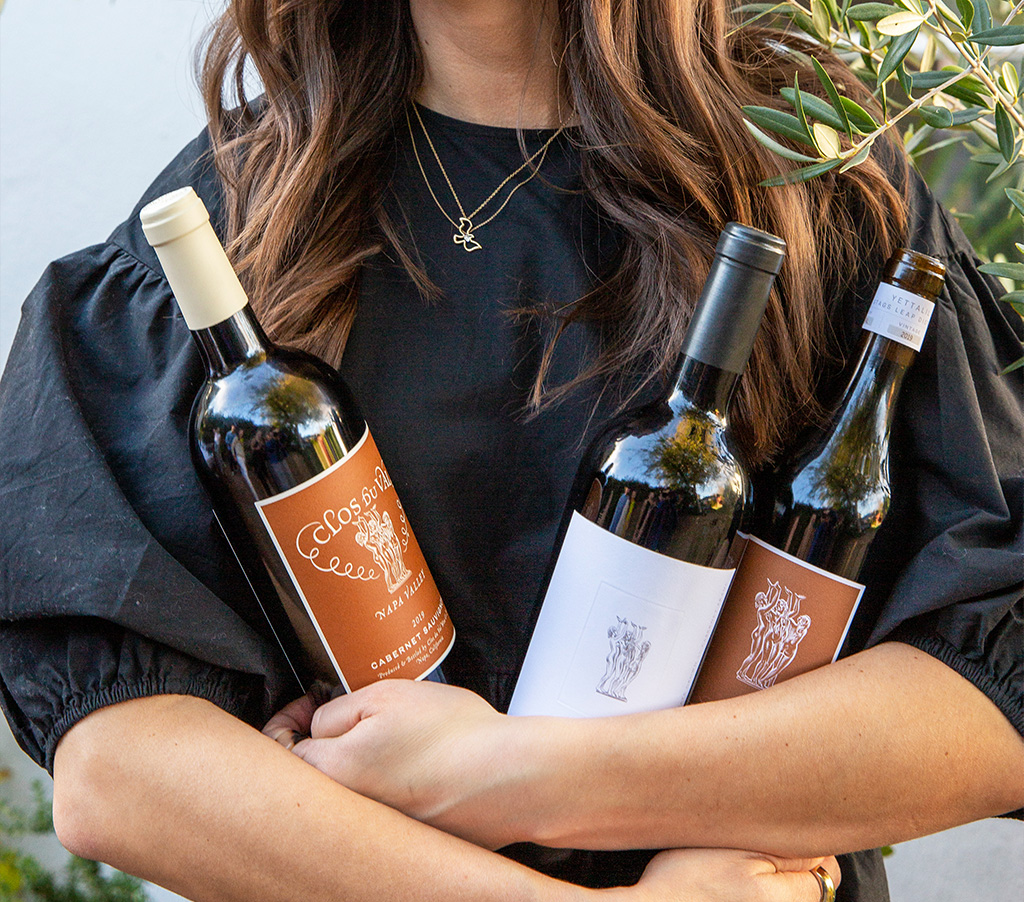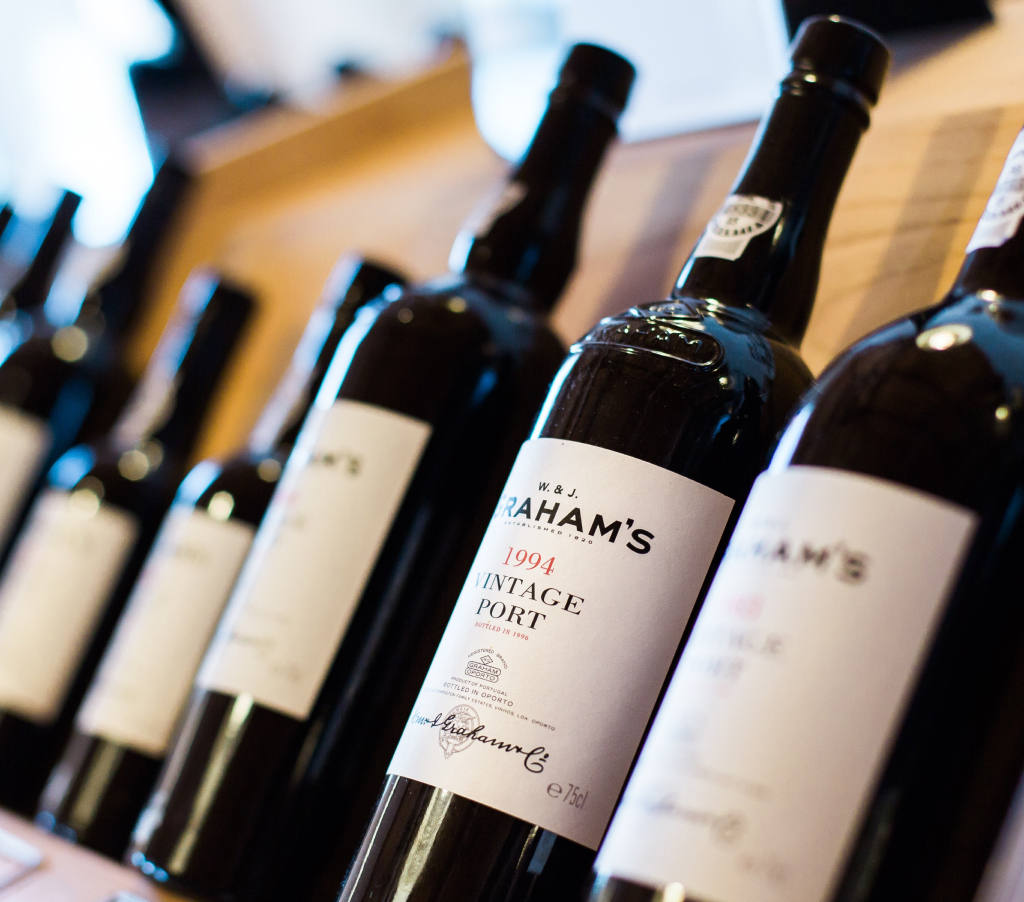

#Staff Column
2023.05.03
Speaking of Approachable Drinks: Wine

Columnist | Introducing the columns written by member of Amorepacific Group
Wine 101
Part 1. Speaking of Approachable Drinks: Wine
Part 1. Speaking of Approachable Drinks: Wine

Columnist KIM MINU
Innisfree GTM Team
Innisfree GTM Team
“God made only water, but man made wine.” –Victor Hugo
What thoughts come to mind when you think of our long-standing traditional Korean liquor, ‘makgeolli?’ When I think of makgeolli, I imagine myself casually enjoying freshly cooked pork belly and kimchi while sipping on makgeolli. What about wine? Does it also give you the same ‘casual’ vibe, or do you see yourself dressed up and sitting in a restaurant, swirling the glass around and discussing its aroma with your party. If that’s the image that comes to your mind when you think of wine, then I can only tell you that you are missing out on a big charm of this fascinating drink. Wine can be enjoyed casually, just as you would enjoy a bottle of refreshing beer or a post-dinner soda. Today, we are going to take a closer look at how wine is made.
What thoughts come to mind when you think of our long-standing traditional Korean liquor, ‘makgeolli?’ When I think of makgeolli, I imagine myself casually enjoying freshly cooked pork belly and kimchi while sipping on makgeolli. What about wine? Does it also give you the same ‘casual’ vibe, or do you see yourself dressed up and sitting in a restaurant, swirling the glass around and discussing its aroma with your party. If that’s the image that comes to your mind when you think of wine, then I can only tell you that you are missing out on a big charm of this fascinating drink. Wine can be enjoyed casually, just as you would enjoy a bottle of refreshing beer or a post-dinner soda. Today, we are going to take a closer look at how wine is made.
Growing and harvesting grapes, the star of the show
Behind every great-tasting bottle of wine are well-ripened grapes. Grapes, the main ingredient of wine, produce completely different results depending on a variety of factors, such as field drainage, exposure to sunlight, and soil properties, even when they are grown in the same region. The taste and ripeness of grapes vary every year due to the ever-changing climate. In unusually hot years, grapes ripen quickly and build up a lot of sweetness, reducing their acidity, which is why winemakers harvest a little earlier in hot years to maintain the acidity of the grapes. Conversely, in colder years, grapes do not ripen as well, which makes them taste less sweet and more bitter with strong vegetal aromas. In such cases, winemakers allow the grapes to ripen for a longer period of time by delaying the harvest to achieve the optimal condition. Or, if they are worried about the grapes getting too much rain, winemakers may choose to harvest them slightly earlier and add sugar post-harvest. The sugar content of the grapes not only affects the taste but also influences the final alcohol content of the wine, so it’s natural for winemakers to obsess over the best time to harvest the fruit.
Now it's time to harvest these preciously grown grapes. There are various factors that are taken into consideration when deciding the price of wine, and the cost that goes into harvesting grapes is definitely one of them. There are two harvesting methods: the traditional ‘hand picking’ approach, in which people use pruners to harvest the clusters of grapes, and ‘mechanical harvesting,’ where machines are used to strip the vines of their grapes.
Now it's time to harvest these preciously grown grapes. There are various factors that are taken into consideration when deciding the price of wine, and the cost that goes into harvesting grapes is definitely one of them. There are two harvesting methods: the traditional ‘hand picking’ approach, in which people use pruners to harvest the clusters of grapes, and ‘mechanical harvesting,’ where machines are used to strip the vines of their grapes.
 < Hand picking (left) / Mechanical harvest (right) > Source : pxhere
< Hand picking (left) / Mechanical harvest (right) > Source : pxhere Hand-picking prevents grapes from being prematurely crushed and unnecessarily fermented, as the grapes are handled with extreme care. During this process, the harvesters see and assess the grapes, leaving out any poor-quality grapes that are not worth harvesting, ensuring only the highest-quality grapes are collected, thereby potentially saving time that goes into sorting grapes at a later stage. However, as the process requires human labor, labor expenses become a main concern. Nonetheless, due to the great quality of wine that is guaranteed by such investment, premium wines produced in renowned wine regions mostly use the hand-picking method. You might find it interesting to learn that there are efforts to mandate hand-picking to elevate the quality of wines bearing the name of a specific region.
Fermentation: the highlight of winemaking
Then comes the highlight of winemaking: alcoholic fermentation. Alcoholic fermentation is considered the essence of winemaking. Grape juice is transformed into alcohol-containing liquor as yeast consumes sugar to release alcohol, carbon dioxide, and heat.

As mentioned earlier, the sugar content of the grapes affects the alcohol content. A rich supply of sugars, which serves as food for yeast, is necessary to produce a high-alcohol wine. However, yeast is sensitive and temperamental, requiring precise temperature control. Typically, the ideal temperature range for yeast to consume sugars and produce alcohol is between 21 and 28 degrees Celsius. Therefore, maintaining a consistent temperature throughout the fermentation process is crucial for producing high-alcohol wines. However, adding excessive sugars and yeast does not infinitely increase the alcohol content. Yeast cannot survive in excessively high-alcoholic conditions, or about 15% in alcohol content, even if there is unfermented residual sugar, which is responsible for giving the wine that final sweet note. So, let’s flip the scenario backwards: what kind of climate is ideal for producing wines with a high alcohol content and residual sweetness? You guessed right. They are typically produced in sunny and hot regions where grapes can ripen well. Examples include Napa Valley in California, Sicily in Italy, and Mendoza in Argentina.
Maceration: a colorful touch
The end of the fermentation process does not signify the end of the winemaking process. As they say, wine is experienced by smell, taste, and even sight. Now, it's time to add color to the wine. The color of wine does not come from the pulp of the grapes but from the skins of the grapes.

< Fermentation of red wine (left) / Wine color by grape variety (right) >
Source : David Silverman-Getty Image / Eatingwell.com
This process is what gives the wine its unique color. The dark skins of red grapes give wine a reddish hue, and in some cases, even a shade close to black. When the skins of red grapes have a shorter contact time with the grape juice, it produces a pink-colored rosé wine. On the other hand, when the skins remain in contact with the juice for longer, it results in darker, almost black, red wine. How is white wine made? When the grape skins and the juice stay in contact for long enough, the color of the wine changes to have an orange tint. This is “orange wine,” a variety of white wine that seems to be in vogue these days. Of course, it doesn't contain any oranges.
Maceration does more than give the wine its beautiful natural color; it also helps extract tannins from the grape skins and vine branches, creating the characteristic tannic flavor found in wines. A full-bodied red wine leaves bitterness and dryness in your mouth, which is precisely what it means for wines to be tannic. Tannins prevent wine from oxidizing when exposed to oxygen. With prolonged aging, tannins blend harmoniously with the inherent acidity of the wine, resulting in a smoother taste. A 3-4 week maceration is ideal to give wine its bitter and tannic, full-bodiness. For lighter-bodied and fresher-tasting wines, this period is shortened to 1 to 2 weeks. Wines like Beaujolais Nouveau, which are released worldwide every third Thursday of November, are light and meant to be consumed without aging, so the maceration period is very short. If you want to compare how wines with varying levels of tannin taste different, try drinking Beaujolais Nouveau and a Napa Valley Cabernet Sauvignon side by side. Although they do not pair well together, you will certainly notice the difference.
Maceration does more than give the wine its beautiful natural color; it also helps extract tannins from the grape skins and vine branches, creating the characteristic tannic flavor found in wines. A full-bodied red wine leaves bitterness and dryness in your mouth, which is precisely what it means for wines to be tannic. Tannins prevent wine from oxidizing when exposed to oxygen. With prolonged aging, tannins blend harmoniously with the inherent acidity of the wine, resulting in a smoother taste. A 3-4 week maceration is ideal to give wine its bitter and tannic, full-bodiness. For lighter-bodied and fresher-tasting wines, this period is shortened to 1 to 2 weeks. Wines like Beaujolais Nouveau, which are released worldwide every third Thursday of November, are light and meant to be consumed without aging, so the maceration period is very short. If you want to compare how wines with varying levels of tannin taste different, try drinking Beaujolais Nouveau and a Napa Valley Cabernet Sauvignon side by side. Although they do not pair well together, you will certainly notice the difference.
Aging: a sleeping beauty
After fermentation, wine is aged for a certain period in oak barrels or stainless-steel tanks. During extended aging, everything in the wine, including its taste, aroma, and color, undergoes transformation. The most common form of aging is oak-barrel aging. Oak barrels, being made of wood, are not completely airtight, allowing a gradual oxidation of the wine inside through minimal air exposure. This process creates unique aging aromas, known as the bouquet, in addition to the natural fruity aromas of the wine.

< Oak barrels where wine is aged >
Source : Unsplash
Aging can produce aromas like vanilla, butter, cocoa, smoke, roasted coffee, cedar, ginger, and even leather. Winemakers make careful decisions regarding the form and period of aging. Oak barrel aging adds desirable flavors to the wine, but it’s not the most cost-effective, as a single barrel can cost more than one million won. For this reason, many winemakers use a combination of new and used oak barrels or larger oak barrels to achieve economies of scale, while still leveraging the advantages of oak barrel aging. Generally, smaller oak barrels and new ones provide stronger flavors. To cater to consumers who enjoy the oak barrel-induced flavors, some winemakers use oak chips as a more affordable alternative. If an affordable bottle of wine still has a surprisingly strong oak aroma, it’s quite likely that oak chips were used during the aging process.
Not all wines are aged in oak barrels. Wines that are known for refreshing fruit aromas are often aged in stainless steel tanks, which offer complete airtightness. One example is the white wines from New Zealand that I love. They focus on the fresh fruit aromas found in the grapes, emphasizing a bouquet of wonderful citrusy and tropical fruit flavors. Similarly, wines sealed with screw caps, which can be easily opened by twisting, are designed so to completely block air intake to prevent aging and highlight the natural fruit aromas.
Not all wines are aged in oak barrels. Wines that are known for refreshing fruit aromas are often aged in stainless steel tanks, which offer complete airtightness. One example is the white wines from New Zealand that I love. They focus on the fresh fruit aromas found in the grapes, emphasizing a bouquet of wonderful citrusy and tropical fruit flavors. Similarly, wines sealed with screw caps, which can be easily opened by twisting, are designed so to completely block air intake to prevent aging and highlight the natural fruit aromas.

< Screw-capped wines are often regarded as ‘cheap,’ but this is a huge misunderstanding. >
Source : pxhere
A wrap
Now to the final stage of wine production. The sediment that accumulates at the bottom of the barrel is removed, and sulfites are added to prevent oxidation. In some cases, wines may be blended to create a one-of-a-kind flavor. Subsequently, wines undergo refining and filtration, which give them clearer color. And voilà, you have your bottle of wine.
Today, we took a comprehensive look at the process of wine production. Of course, I didn’t get to every single detail in the process, but this should be sufficient to lay the foundation. Spring is here, and it’s officially the balcony season. What do you say to a chilled glass of white wine with your loved one on the balcony? Personally, I recommend a refreshing New Zealand Sauvignon Blanc with lively fruit aromas and acidity, or a fresh Riesling from the Alsace region in France. With that, I wish you all a joyful time accompanied by wine. À votre santé!
-
Like
1 -
Recommend
1 -
Thumbs up
0 -
Supporting
0 -
Want follow-up article
0





